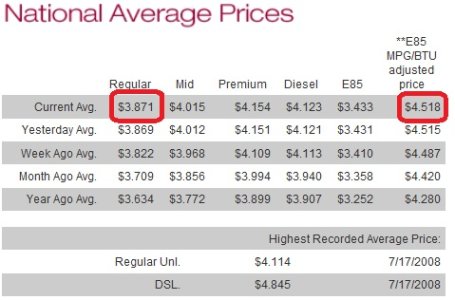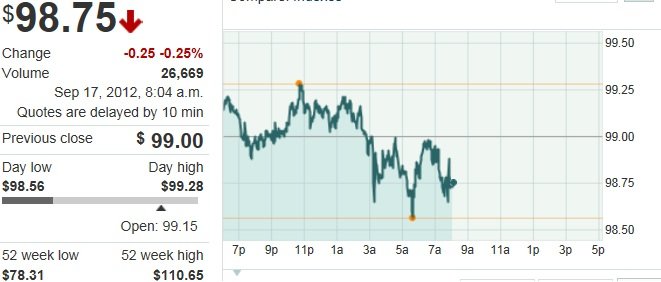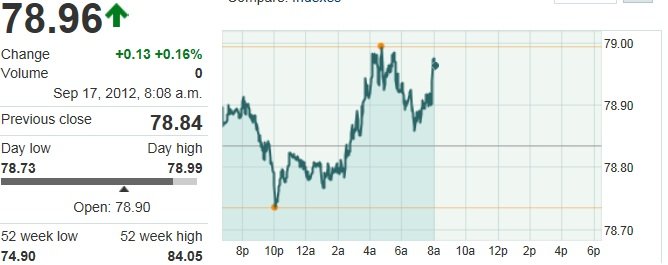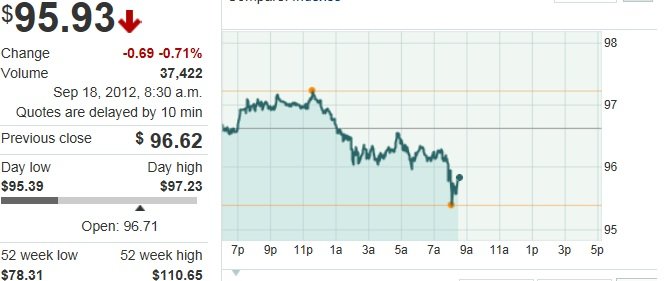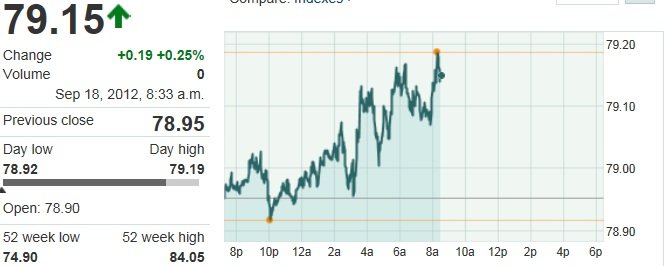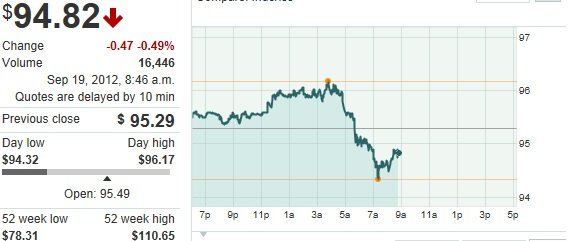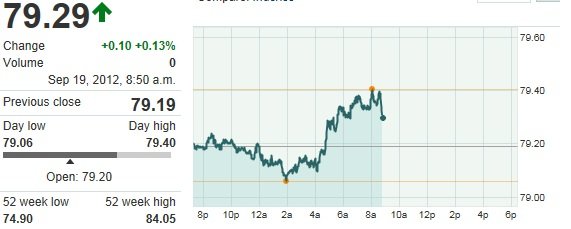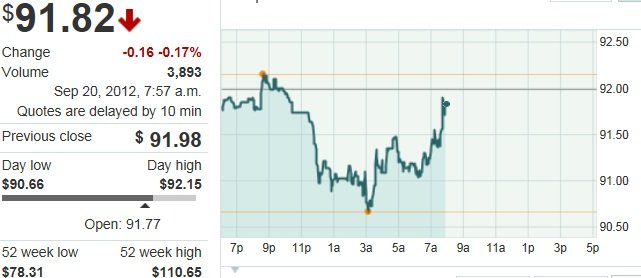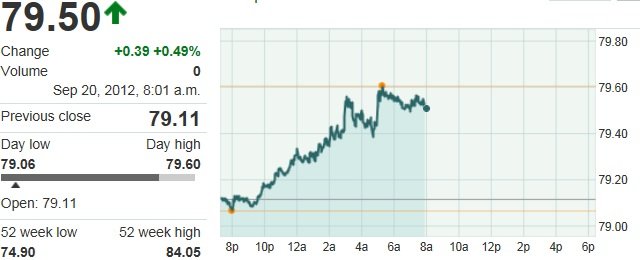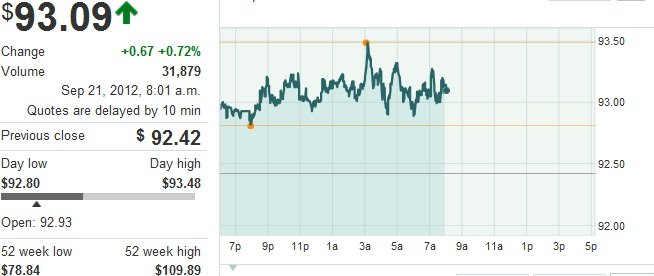Naturally-occurred bacteria in the U.S. Gulf of Mexico consumed and removed in the five months following the Macondo oil spill at least 200,000 tons of oil and natural gas that was dispersed into the deepwater Gulf from Macondo, according to researchers at the University of Rochester and Texas A&M University.
The study results, published this week in Environmental Science and Technology, include the first measurements of how the rate at which the bacteria ate the oil and gas changed as Macondo progressed - information that is fundamental to understanding both this spill and predicting the behavior of future spills.
"A significant amount of the oil and gas that was released was retained within the ocean water more than one-half mile below the sea surface," said John Kessler, a co-author of the study and associate professor of the University of Rochester's Department of Earth and Environmental Sciences, in a statement.
"It appears that the hydrocarbon-eating bacteria did a good job of removing the majority of the material that was retained in these layers," Kessler said.
Kessler and graduate research assistant Mengran Du at Texas A&M analyzed over 1,300 profiles of oxygen dissolved in the Gulf of Mexico water spanning a period of four months and covering nearly 30,000 square miles.


